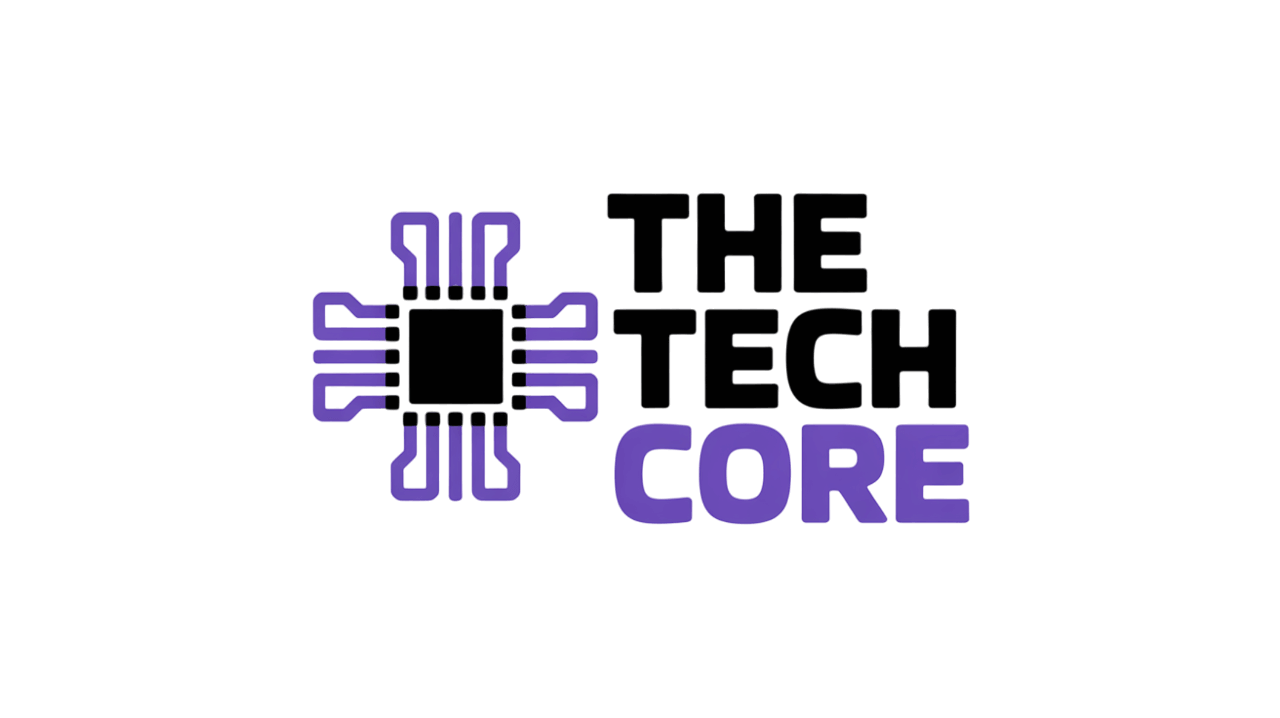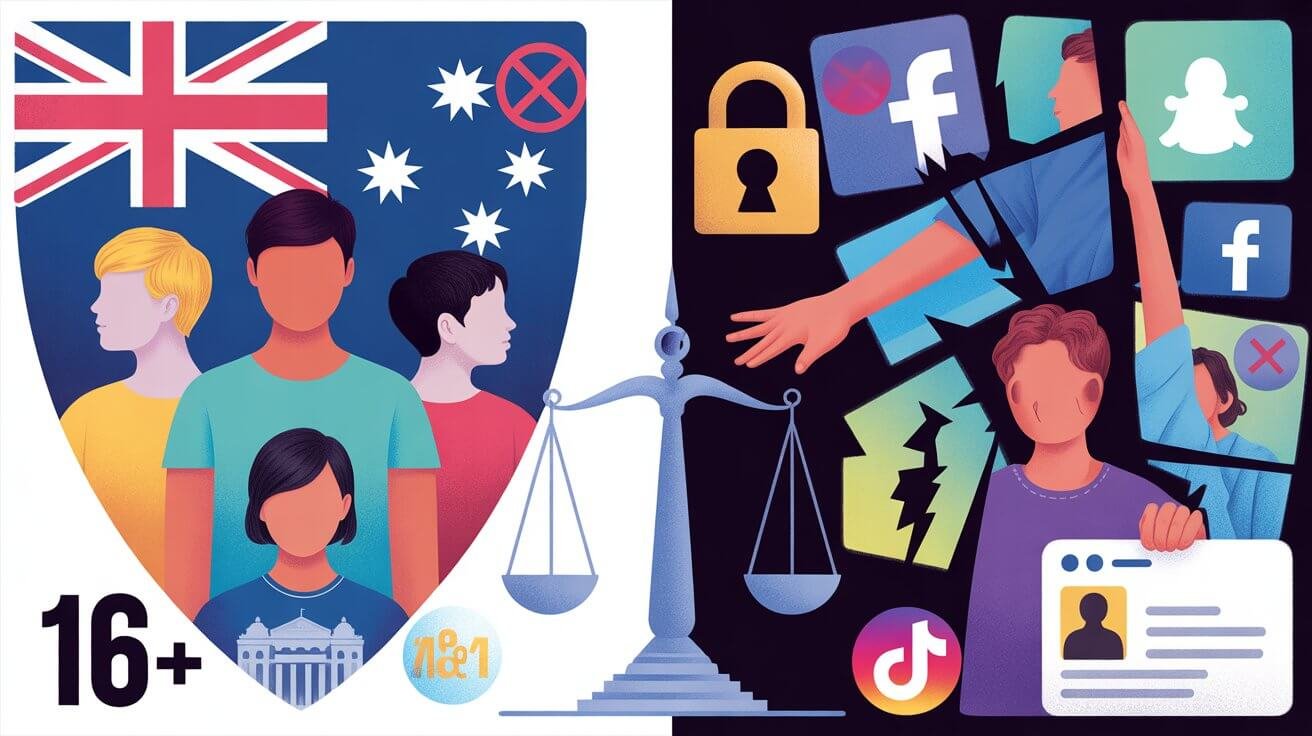Australia’s groundbreaking teen social media restriction has ignited a global firestorm of controversy that extends far beyond typical policy debates. The country’s teen social media restriction law targeting users under 16 represents one of the most ambitious attempts to regulate digital childhood in modern history. Furthermore, this landmark legislation isn’t just about protecting children—it’s about fundamentally reshaping how we approach youth internet access in the digital age.
When Prime Minister Anthony Albanese announced the social media ban in November 2024, he declared that “social media is doing harm to our kids, and I’m calling time on it.” However, critics argue this approach might cause more problems than it solves. Let’s dive into what this means for teens, parents, and the future of internet freedom.
What Australia’s Teen Social Media Restriction Actually Does
The Law’s Core Components
Australia’s landmark legislation bans anyone under 16 from creating or maintaining accounts on major platforms including TikTok, Facebook, Instagram, Snapchat, Reddit, and X. Interestingly, YouTube initially escaped the ban but was recently added to the restricted list after new research showed 37% of children surveyed had negative experiences on the platform.
The social media ban comes with serious teeth—companies face fines up to 50 million Australian dollars ($33 million) for systematic failures to prevent underage accounts. Unlike previous age verification attempts, this law puts the entire enforcement burden on tech companies, not parents or users.
Implementation Timeline and Challenges
The age verification takes effect in December 2025, giving platforms one year to figure out enforcement. However, nobody knows exactly how this youth digital policy will work in practice. The government rejected requiring government-issued IDs over privacy concerns, leaving companies to develop their own “reasonable steps” for age verification.
Australia’s eSafety Commissioner Julie Inman Grant suggests solutions might include behavioral analysis, biometric scanning, or even tracking hand movements—medical research shows age can be determined by how people move their hands.
Arguments Supporting the Teen Social Media Restriction
Mental Health and Safety Concerns
Supporters point to compelling evidence about social media’s impact on developing minds. Research consistently shows that kids who spend more time on social media, especially tweens and young teenagers, are more likely to experience depression and anxiety. Additionally, teenagers’ underdeveloped prefrontal cortex makes them more susceptible to social comparisons and risky online behaviors.
The push for stronger youth protections gained momentum after several Australian teenagers died by suicide following online bullying incidents. Wayne Holdsworth, whose son Mac died after falling victim to an online sextortion scam, became a vocal advocate for the age limit.
Parental Support and Public Opinion
Polling data shows remarkable public support for the new policy—67% of Australians favor the social media ban, including 55% of those aged 18-34. Parents report feeling overwhelmed trying to manage their children’s digital lives while competing against platforms designed to maximize engagement.
Julie Scelfo, founder of Mothers Against Media Addiction, argues that the legislation creates space for “real human connection” by reducing screen time and encouraging face-to-face interaction.
The Case Against Teen Social Media Restriction
Human Rights and Free Speech Concerns
The Australian Human Rights Commission has serious reservations about the youth digital restrictions, arguing it violates children’s rights to freedom of expression and access to information. Paul Taske from tech lobbying group NetChoice calls the ban “one of the most extreme violations of free speech on the world stage today.”
Furthermore, the blanket approach ignores nuanced needs of different teenagers. As research published in PMC notes, “adolescents experience several benefits from social media, including increased social connection, reduced loneliness, and a safe space for marginalized groups (eg, LGBTQ+) to interact.”
Practical Enforcement Problems
Privacy advocates warn that effective age verification could require invasive identity checks for all users, threatening online anonymity that protects vulnerable populations. Computer science professor Shaanan Cohney tested proposed facial recognition technologies and found significant accuracy problems, particularly with different racial groups.
Moreover, tech-savvy teens will likely find workarounds using VPNs, fake accounts, or borrowing adult credentials. This could push them toward darker, less regulated corners of the internet where no safety measures exist.
Real-World Impact: Who Gets Hurt Most?
Vulnerable Communities at Risk
The youth digital restrictions could disproportionately harm marginalized youth who rely on online communities for support. LGBTQ+ teenagers in rural areas, kids with disabilities, and those facing family rejection often find crucial peer support through social media platforms.
Leo Puglisi, a 17-year-old news anchor who runs 6 News Australia, argues that lawmakers “didn’t grow up in the social media age” and don’t understand how integral these platforms are to teen communication and career development.
Educational and Professional Implications
The broad definition of “social media” in the legislation could block access to LinkedIn, where teens follow thought leaders and learn about career opportunities. Additionally, many teenagers hold part-time jobs that require social media skills or use platforms for creative expression and entrepreneurship.
Research suggests that teens forced to wait until 16 might be “unleashed on it completely naïve” when they finally gain access, potentially leading to worse outcomes than gradual, supervised introduction to social media.
Alternative Approaches to Teen Social Media Restriction
Industry Self-Regulation Efforts
Instead of blanket restrictions, some experts advocate for improved platform design. Meta introduced Instagram Teen Accounts with enhanced protections, while other companies are exploring age-appropriate features that maintain safety without complete exclusion.
The Information Technology and Innovation Foundation suggests a “child flag” system where parents could activate age-appropriate settings on devices, similar to movie rating systems, without requiring identity verification.
Digital Literacy Over Restriction
Rather than age-based restrictions, many experts recommend comprehensive digital literacy education. Research from Fielding Graduate University emphasizes building “digital resilience”—the confidence and skills to cope with online challenges through knowledge, experience, and practical coping strategies.
This approach focuses on teaching teens to recognize risks, develop self-regulation skills, and make informed decisions about their online behavior rather than removing choice entirely.
Practical Steps for Parents and Teens
Building Healthy Digital Habits
Whether or not social media age limits pass in your area, families can take proactive steps. Research shows that 65% of teens with positive parental communication had healthier relationships with technology and better well-being.
Effective strategies include:
- Setting content-based rules rather than strict time limits
- Modeling healthy social media behavior as adults
- Creating opportunities for face-to-face social interaction
- Teaching critical thinking about online content and advertising
Preparing for Enforcement Challenges
Given the technical difficulties surrounding age verification enforcement, parents shouldn’t rely solely on legislative solutions. Instead, focus on open communication about online experiences and create family media agreements that evolve with your teen’s maturity level.
Future Implications of Teen Social Media Restriction
Global Policy Ripple Effects
Other countries are closely watching Australia’s experiment. Norway has announced plans to ban kids under 15 from social media, while France is testing smartphone restrictions in schools. However, similar laws in U.S. states like Arkansas and Utah have faced legal challenges over free speech concerns.
The success or failure of Australia’s youth digital policy will likely influence global policy decisions for years to come.
Technology and Privacy Evolution
The push for age-based digital restrictions is driving innovation in age verification technology, but with concerning privacy implications. If effective enforcement requires collecting biometric data or government IDs from all users, the cure might be worse than the disease.
Furthermore, as platforms develop more sophisticated age detection systems, questions arise about data collection, algorithmic bias, and the broader surveillance implications for digital privacy rights.
Long-Term Social Consequences
Perhaps most importantly, the youth digital policy debate reflects deeper questions about childhood, autonomy, and preparing young people for adult responsibilities. Are we protecting teens by delaying their entry into digital spaces, or are we failing to equip them with necessary life skills?
The answer may depend on whether society can develop more nuanced approaches that balance protection with preparation, safety with freedom, and technological innovation with human values.
The Bottom Line
Australia’s teen social media restriction represents a bold but imperfect attempt to address real concerns about young people’s digital welfare. While supporters cite legitimate worries about mental health and online safety, critics raise equally valid concerns about rights, enforcement, and unintended consequences.
Rather than viewing this as a simple pro-ban or anti-ban issue, we need more sophisticated solutions that acknowledge both the risks and benefits of social media for teenagers. The challenge lies in developing approaches that protect vulnerable young people without creating new forms of digital inequality or pushing risky behavior underground.
As this experiment unfolds over the next year, parents, policymakers, and tech companies worldwide will learn valuable lessons about the complex relationship between youth, technology, and safety in our increasingly connected world. The outcome of Australia’s landmark legislation will shape digital policy for generations to come.








